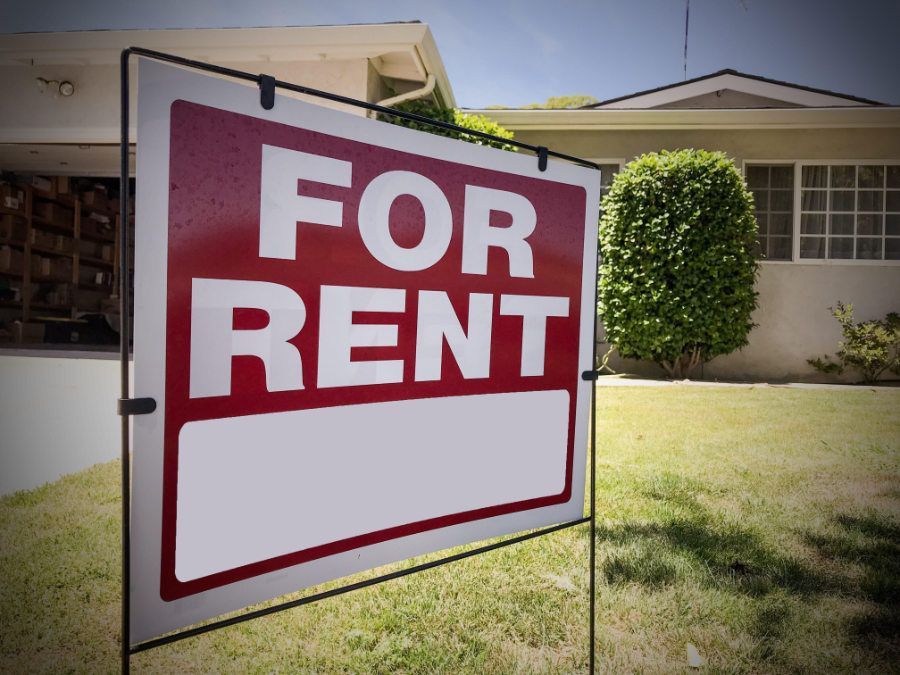5 Ways to Maintain Your Property While It's Occupied

While you may own your rental property, you can't simply walk into your rental while it's occupied. If maintenance is needed, good communication and flexibility are crucial. It's best to propose several options to accommodate the tenant’s schedule. This shows respect for their living space and helps in maintaining a positive, cooperative relationship. This can improve tenant satisfaction, which can ultimately be beneficial to your bottom line.
Below, we’ve included a list of five ways you or your
property manager can maintain your property while it's occupied.
Schedule Regular Property Inspections
Even though your rental may be occupied, this doesn't mean you’re never allowed to inspect the property. However, you will be required to provide your tenant with sufficient time to prepare for your arrival. This can all be communicated with your tenant prior to signing a lease agreement. Conducting regular inspections allows landlords to identify minor issues that the tenant may not have noticed. Allowing repairs to be made promptly before they become major problems.
Routine inspections help to keep a record of the property's condition over time. This can also help you to understand what part of the property may require deeper focus if the tenant moves out. Additionally this encourages tenant responsibility, as inspections remind tenants of their obligations to care for the property.
Coordinate the Correct Time
As established, communication with your tenant is going to be a top priority. When it comes to scheduling maintenance, it's best practice to try and schedule around your tenant’s availability. Alternatively they could also give permission for the tradesmen to work in the rental while they're out depending on the situation. Offering a number of different dates to your tenant to choose from allows you to schedule maintenance at a time when they are likely to be out of the house. This reduces disruption to the tenants, and makes it easier for the tradesmen to work uninterrupted.
If the tenant will be home, try to arrange a time that will cause minimal disturbance. For example if there are children in the house, or if the tenant works from home, it would be more ideal to schedule later in the afternoon than early in the morning.
Tenant is Not Present
Inspecting when the tenant is not present can be a highly effective way to minimize intrusion and ensure maintenance is completed efficiently. Once again, you'll have to come to an agreement with your tenant to ensure they’re comfortable with this arrangement. If this is the case, it allows landlords or the tradesmen to perform the necessary work without being too disruptive to their daily routine.
You’ll have to obtain their explicit consent for entry in their absence, by being transparent about all available information your tenant can be at ease knowing what to expect. This transparency is crucial, since in California entering your rental while having a tenant can be considered trespassing.
Exterior Maintenance
The simplest way to continue maintenance on your property while it's occupied is to work on the exterior of the property. You’ll still want to communicate beforehand that you have scheduled maintenance in case the tenant has outdoor pets or decorations they may want you to keep an eye out for. Exterior maintenance tasks include landscaping, painting, servicing the A/C compressor and gutter cleaning. These are vital in maintaining your property’s curb appeal while also providing preventative maintenance to the property.
It's best to coordinate with your tenant in order to inform them of scheduled work. Let them understand that while exterior tasks don’t typically require entering their living space, noise may still be generated. As well as, areas may require access restrictions.
For projects that may result in the need to restrict access to parking, or entryways it's important to provide notice and clear instructions.
Having healthy communications with your tenant can make doing maintenance in your rental property less of a headache. Failing to do so can result in
tenant vacancies and high turnover rates. If you need help setting up maintenance while your property is occupied or if you need help managing Beach City rental property, we invite you to call us today at (562) 888-0247 or complete our
Owner Application online.





